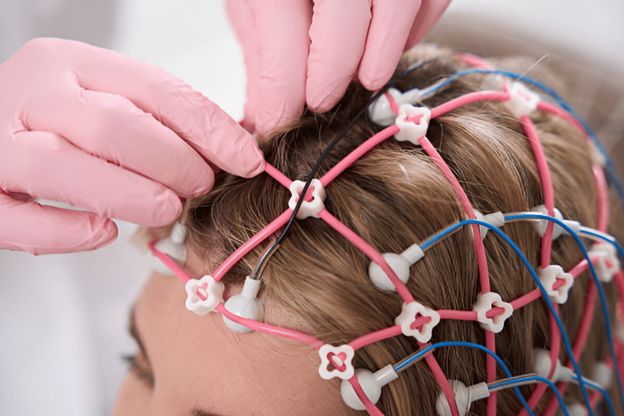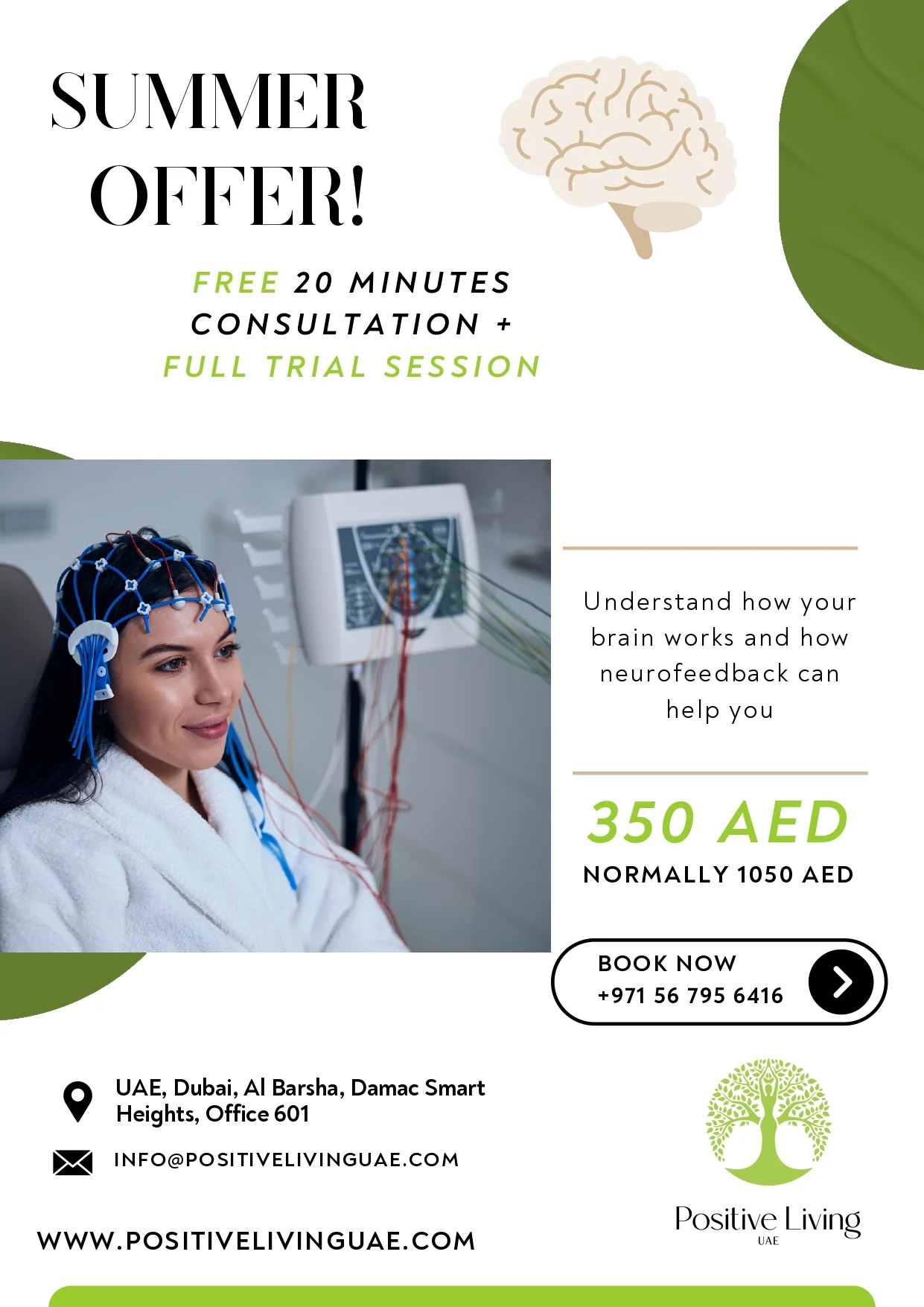What is Autism Spectrum, and How is Neurofeedback Therapy Good for Autism?
Autism Spectrum Disorder (ASD) is a neurodevelopmental condition characterized by diverse challenges in social communication, restricted interests, and repetitive behaviors. With prevalence estimates suggesting 1 in 146 births in the UAE, ASD’s heterogeneity necessitates personalised interventions. Neurofeedback therapy in Dubai, particularly at Positive Living UAE, has emerged as a promising non-invasive approach to support individuals with autism by targeting brainwave regulation. This report synthesizes current research on ASD’s core features, the scientific foundations of neurofeedback, and its therapeutic benefits, with a focus on advancements in Dubai’s clinical landscape.

Autism Spectrum Disorder: A Multidimensional Neurodevelopmental Profile
Neurobiological and Behavioral Characteristics
ASD arises from complex interactions between genetic predispositions and environmental factors, leading to atypical brain connectivity and sensory processing. Key manifestations include:
- Social Interaction Challenges: Difficulties in interpreting nonverbal cues, maintaining eye contact, and developing peer relationships. For instance, children may appear disengaged during group activities despite possessing advanced memorization skills.
- Sensory Sensitivities: Hypo- or hyper-reactivity to sensory inputs, such as distress from fluorescent lighting or aversion to specific textures, which can disrupt daily functioning.
- Repetitive Behaviors: Stereotyped movements (e.g., hand-flapping), insistence on routines, and intense focus on niche interests, like memorizing transit schedules.
Notably, a small but significant portion of individuals with ASD exhibit co-occurring intellectual disabilities, while others demonstrate exceptional abilities in areas like mathematics or music. This variability underscores the need for tailored therapeutic strategies.
Neurofeedback Therapy in Dubai: Mechanisms and Clinical Applications
Principles of Brainwave Regulation
Neurofeedback therapy operates on the principle of operant conditioning, where real-time electroencephalogram (EEG) feedback trains individuals to self-regulate brain activity. By targeting specific frequency bands, such as enhancing sensorimotor rhythm (12–15 Hz) to improve attention, the therapy promotes neuroplasticity, the brain’s ability to reorganize neural pathways. Positive Living UAE’s protocol begins with brain mapping to identify dysregulated patterns, such as excessive theta waves linked to inattention.
Session Structure and Personalization
During a typical neurofeedback session at Positive Living UAE:
- Sensors attached to the scalp and earlobes monitor brainwave activity.
- Visual or auditory feedback, such as progressing through a video game by maintaining optimal EEG patterns, reinforces desired neural states.
- Over 20–40 sessions, the brain learns to sustain adaptive rhythms, improving cognitive and emotional functioning.
This personalized approach contrasts with one-size-fits-all models, ensuring interventions align with individual neurophysiological profiles.

Neurofeedback Therapy in Dubai: Advancements at Positive Living UAE
Multidisciplinary Collaboration
The clinic’s practitioners collaborate with speech therapists and occupational therapists to address overlapping challenges. A 2007 study documented patients who, after 20 neurofeedback sessions, showed a 40% reduction in core ASD symptoms, and 76% had decreased cerebral hyper-connectivity.
Conclusion: Pioneering Neurofeedback Therapy in Dubai for ASD Support
Neurofeedback therapy in Dubai represents a paradigm shift in autism intervention, moving beyond symptom management to address neural underpinnings. Positive Living UAE’s evidence-based neurofeedback therapy offers a drug-free avenue to enhance cognitive flexibility, emotional resilience, and social engagement. For families seeking innovative ASD support, neurofeedback therapy in Dubai at Positive Living UAE provides a scientifically grounded, compassionate path toward improved quality of life.




